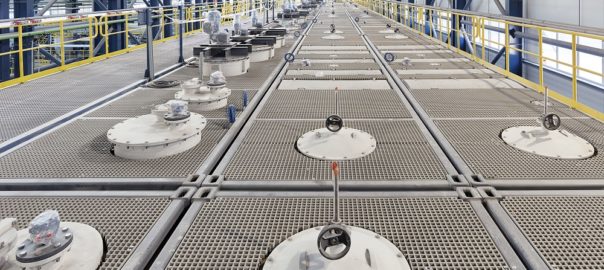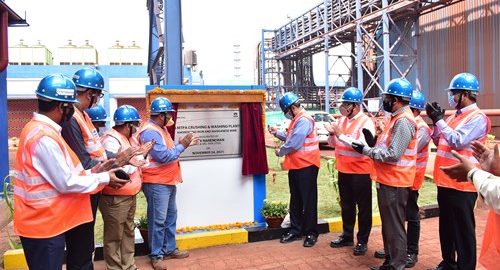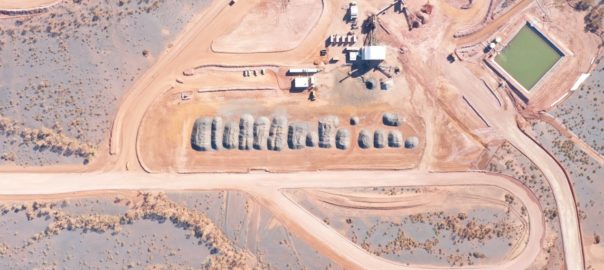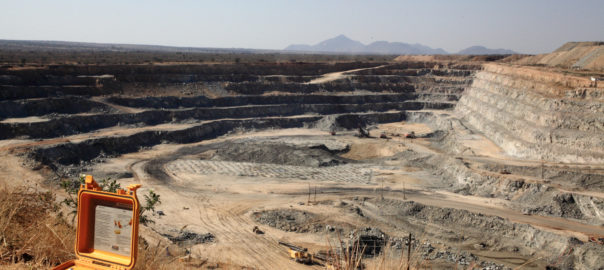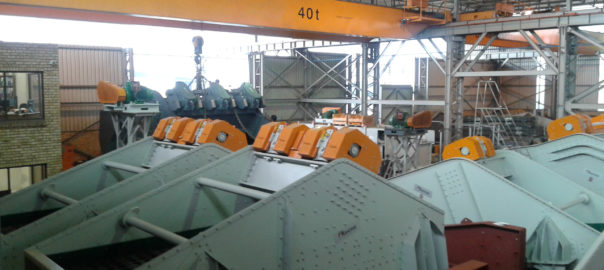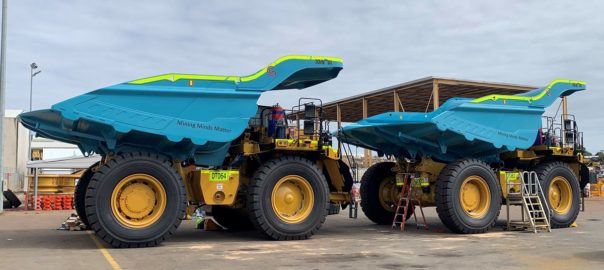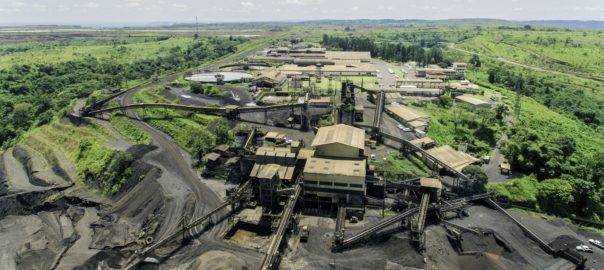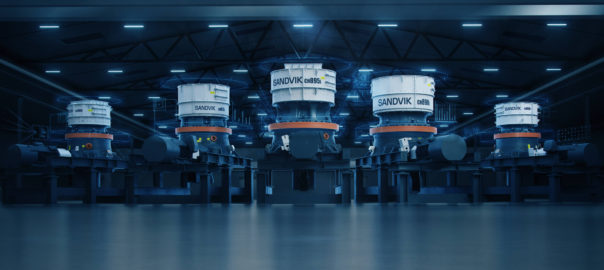Metso Outotec says it has signed an agreement with Li-Cycle North America Hub Inc for the supply of manganese, cobalt, and nickel solvent extraction technology for a battery recycling plant to be built in Rochester, New York in the US.
The contract value, which is not disclosed, has been booked in the Metals December quarter 2021 orders received.
The Metso Outotec delivery includes three modular VSF®X solvent extraction plants and related Dual Media Filters, and basic engineering.
Jari Ålgars, President of the Metals business area at Metso Outotec, said: “We are looking forward to working with Li-Cycle on this battery recycling project. The energy-efficient, modular VSFX solvent extraction plant, which is part of our Planet Positive product range, reduces emissions and is safe to operate. The Li-Cycle project will be an important new reference for Metso Outotec in the battery recycling business.”







